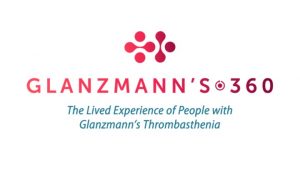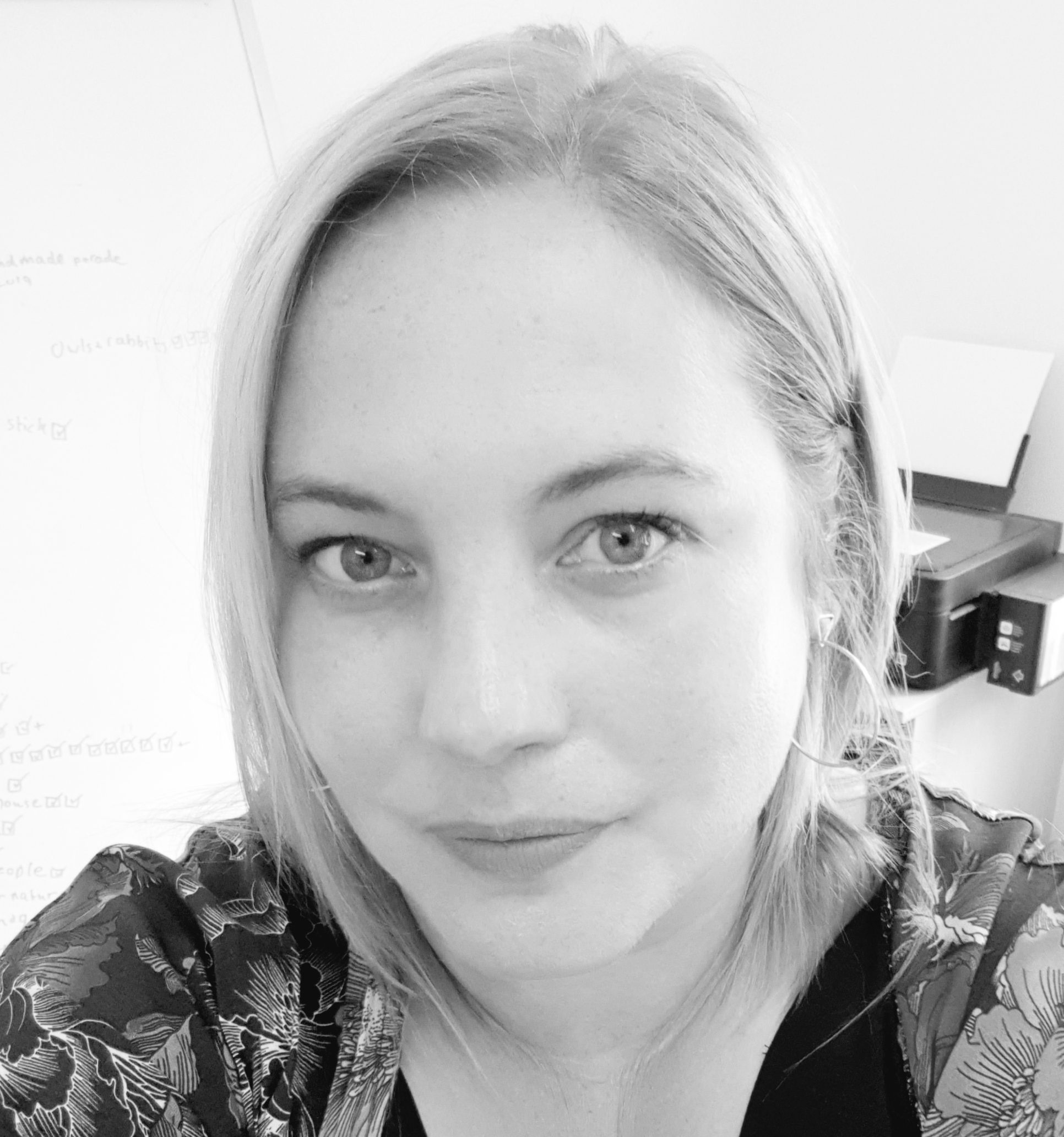Using mixed methods to uncover Glanzmann’s Thrombasthenia
Rare Disease Day is celebrated globally on 28 February each year, drawing focus to over 300 million people worldwide who live with rare conditions. But Rare Disease Day isn’t just about raising awareness – it’s about advocating for better access to diagnosis, treatment, care, and equity of opportunity.
Around 387,000 people worldwide are known to live with a bleeding disorder.1 The true figure is likely much higher due to lack of diagnosis and access to care in some regions. But even where there is good access to care, it doesn’t always mean that the needs of those living with a bleeding disorder are being met.
So, how do we go about making things better for people living with a rare condition? As a first step, we need to understand how it impacts their lives.
Lived experience
We know that quantifying issues in health care through numerical data and statistics is key to uncovering facts and identifying trends that support improvements in treatment and care. However, to gain detailed insight into what it’s really like to have a rare condition, you need to ask the people who live with it day in, day out. At Haemnet, we believe that combining quantitative and qualitative research methods is powerful. To us, using a mixed methods approach enables a greater understanding of the impact of rare conditions on the people who live with them.
Of course, because rare conditions are rare, finding the people who have them isn’t always easy. The platelet disorder Glanzmann’s Thrombasthenia, for example, affects around 1 in a million people globally. But we like a challenge – particularly one that lifts the lid on lived experience and uncovers what people with bleeding disorders need most to make their lives better.
GT360
 We’re using a mixed research methodology in our Glanzmann’s 360 (GT360) study, including an online survey and in-depth interviews. Our aim is to understand how Glanzmann’s Thrombasthenia affects everyday life, what challenges it brings, and what needs people with Glanzmann’s have. We shared some early findings at the recent EAHAD Congress in Manchester.
We’re using a mixed research methodology in our Glanzmann’s 360 (GT360) study, including an online survey and in-depth interviews. Our aim is to understand how Glanzmann’s Thrombasthenia affects everyday life, what challenges it brings, and what needs people with Glanzmann’s have. We shared some early findings at the recent EAHAD Congress in Manchester.
So far, the survey has been completed by people with Glanzmann’s in 14 countries across Europe, North America, the Middle East, Asia and Australia. Glanzmann’s is usually inherited in an autosomal recessive manner (i.e. both parents carry the affected gene), yet most of our respondents say they are the first in their family to be affected. Most reported bleeding in the previous week, but only around a third had reported these to their hospital. This means that their bleeding often goes unrecorded and is unrecognised by health care professionals. Fatigue and pain are common, and many find that having Glanzmann’s affects their ability to work. Most would like to have access to an effective treatment to reduce their bleeding.
The study continues
The GT360 online survey is still open and we are currently interviewing individual people with Glanzmann’s to find out how it affects their lives. We’re looking forward to sharing more of our findings later this year.
If you have Glanzmann’s or you’re the parent of a child with Glanzmann’s, we would love to hear from you. You can access the GT360 online survey here or contact us at research@haemnet.com
Glanzmann’s 360 is registered at ClinicalTrials.gov: NCT05315232
Thank you to the Glanzmann’s Research Foundation for their support in sharing the study survey with their members.
References
- World Federation of Hemophilia. Report on the Annual Global Survey 2021. October 2022. Available from: https://www1.wfh.org/publications/files/pdf-2324.pdf
About the author
Kathryn Jenner is Editorial Director at Haemnet. Email publications@haemnet.com

Scan the QR Code to follow us on Social Media
